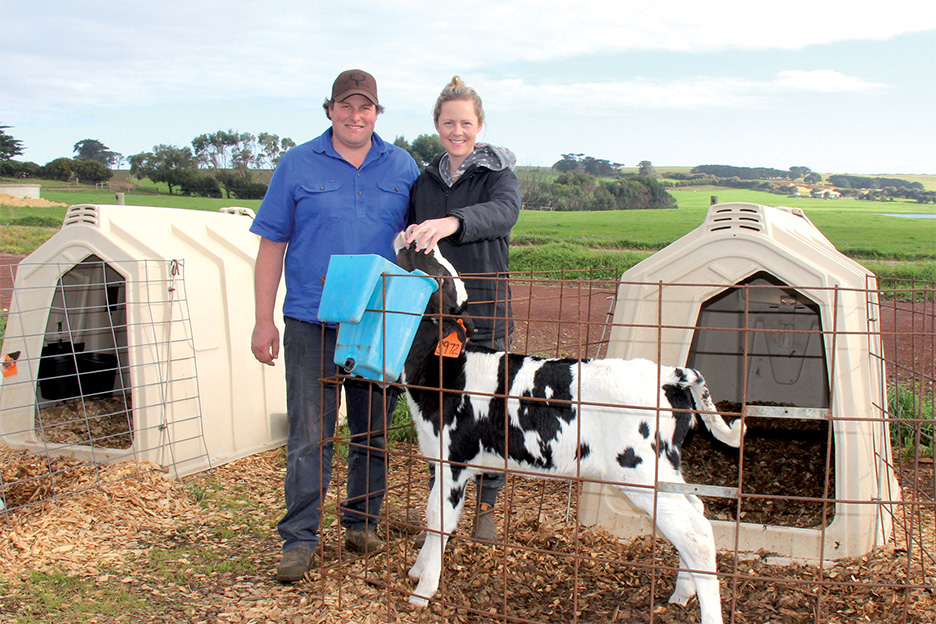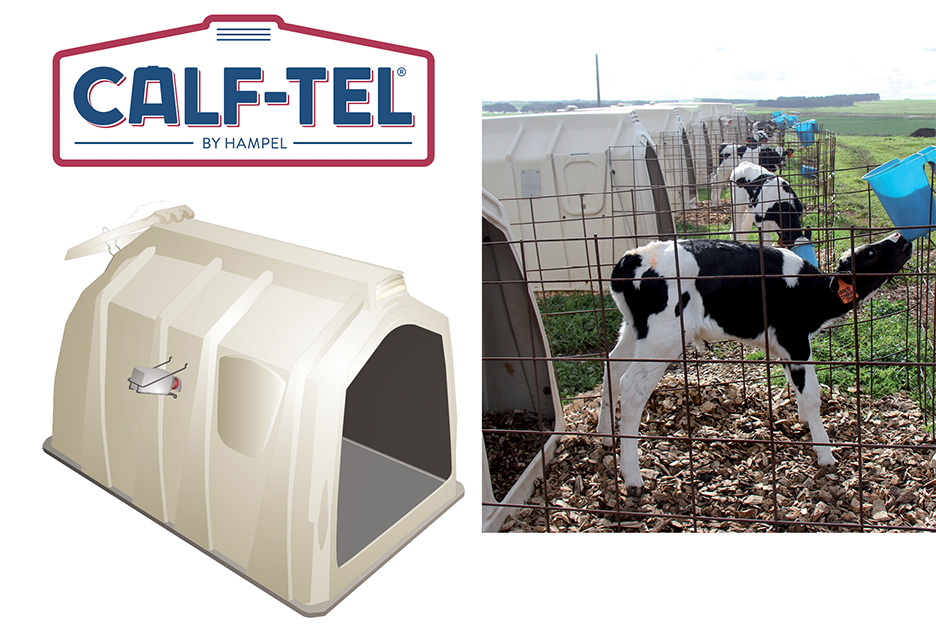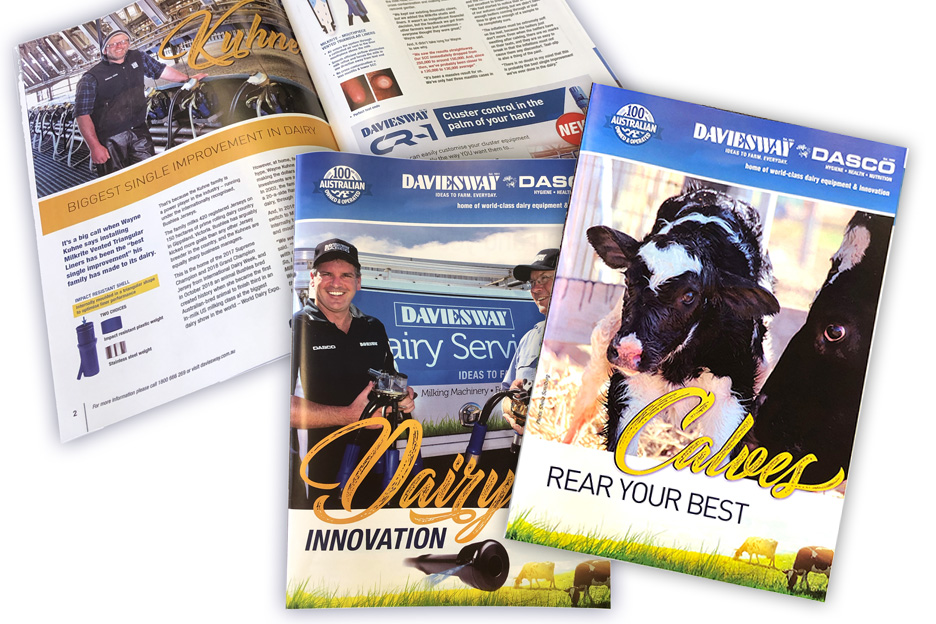
Ben and Melissa Holloway say they wouldn’t go back to the way they used to feed calves.
Rearing calves successfully speaks to the heart of any dairy operation. It’s often the final job after milking when many are fatigued, yet it stands as one of the most valuable investments in the future of every herd.
Ben and Melissa Holloway milk 500 cows on 371 coastal hectares, at Allansford, 8km from Warrnambool, Victoria.
They used to rear their calves in group housing. While they weren’t losing big numbers, it was too many for Ben. They were also feeding the annual 160 calf-drop manually carrying 20-litre buckets from the dairy to the calf shed.
With Melissa coming on-board to help rear the calves, Ben knew they needed to make changes. They had considered building a new calf shed, but their final decision was to invest in Calf-Tel individual calf hutches, and a Holm & Laue 250-litre milk taxi.
“The main reason we changed everything was that we were getting a lot of scours,” Ben said. “Even though we were trying to do all the right things with colostrum, if one calf got the scours, it’d just seem to go them all.
“We might have lost five or six calves out of 100. So, we definitely weren’t losing heaps of calves. But it was frustrating, time consuming and expensive to treat sick calves.”
The deluxe hutches are manufactured in the United States and include thermoform moulding with multi-layers so they don’t sweat like many plastic moulded hutches do. Their thermal shedding properties, and cross-ventilation techniques keep calves warm in the winter, and cool in the summer. They are light-weight, making them easy to move, clean and to avoid disease. The modular design also allows for different configurations, and the ability to buy them as finances allow.
The milk taxi is the Rolls Royce of manual calf feeding. It warms, agitates and holds milk at temperature. It also shines when it comes to mixing milk powder – and importantly, it dispenses perfectly measured amounts of milk, warmed to the perfect temperature – time and time again. With a rechargeable battery-powered pump and dosing tap, the stainless-steel container’s strength is consistency. It is easily towed by the motorbike.

“Now, we rear 100 calves in a batch, and we might lose one,” Ben said. “The hutches have been the biggest change in those results. They’ve cut down on draft, and improved hygiene because the calves have no physical contact with the other calves for the first month. It’s essentially allowed for individual rearing, without taking up huge amounts of our time.
“In the hutches, we know what every calf is eating and drinking. If they are sick, you pick it up straightaway. We move the hutches to a new spot every calving.” The hutches are bedded with wood chips, and the calves have access to ad lib calf grain and water supported in specially designed holders.
“The milk taxi has made it easy for others to feed the calves because it makes everything so consistent,”
Ben said. “Before, we used to get cold milk to the calves one feed, and warm milk the next. The milk taxi will hold the milk at the perfect temperature until we are ready to feed it, which is a massive advantage.”
“Physically there was no way Melissa could have carried the milk to the calves the way we used to do it.”
“With the new system it takes us no more than 30mins to feed every calf, which is about half of what it used to and we don’t lift any buckets.”
Ben and Melissa wean their calves aged 13 to 14 weeks, weighing 120kg. They feed 2.5 litres of milk twice a day when they are born, and move to 3 litres twice a day (fortified with an additional 300g of milk powder) as they grow.
“Our calves are definitely healthier, stronger, and they look better,” Ben said.
“There’s no way we’d go back to how we used to do it.”

